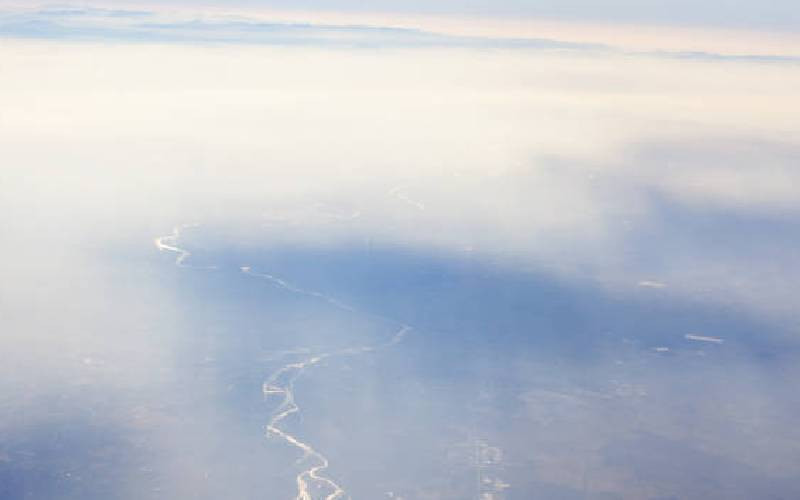×
The Standard e-Paper
Home To Bold Columnists

In the complex dance of Earth's climate, water vapor takes centre stage as both a vital component and a significant consequence.
As Earth's most abundant greenhouse gas, water vapour plays a crucial role in regulating our planet's temperature and sustaining life as we know it.